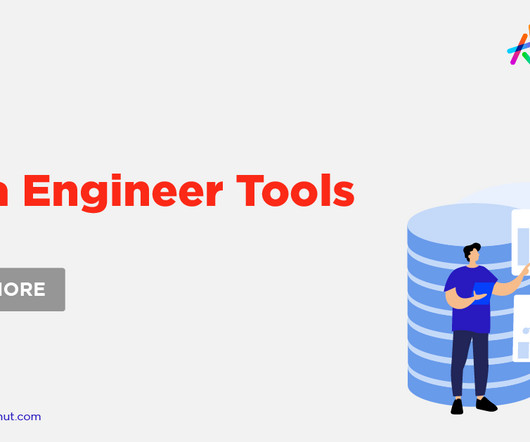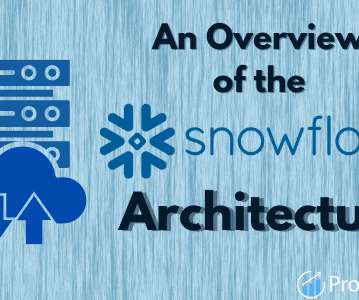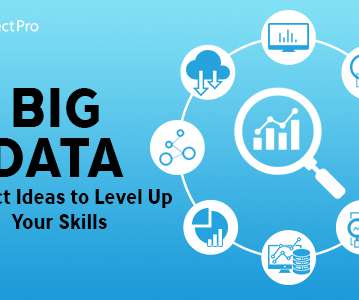15+ Best Data Engineering Tools to Explore in 2023
Knowledge Hut
APRIL 25, 2023
Power BI Power BI is a cloud-based business analytics service that allows data engineers to visualize and analyze data from different sources. It provides a suite of tools for data preparation, modeling, and visualization, as well as collaboration and sharing.












Let's personalize your content